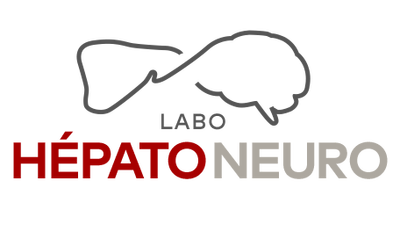Background: Hyperammonemia associated with chronic liver disease (CLD) is implicated in the pathogenesis of hepatic encephalopathy (HE). The gut is a major source of ammonia (NH3) production that contributes to systemic hyperammonemia in CLD and HE and remains the primary therapeutic target for lowering circulating NH3. As a therapeutic strategy, Escherichia coli Nissle 1917 bacterium (EcN), a well characterized probiotic, was genetically modified to consume and convert NH3 to arginine (SYNARG), and its administration to thioacetamide-treated mice resulted in a significant reduction of NH3 levels1. SYNARG was further modified to synthesize butyrate (SYNARG+BUT), a short-chain fatty acid with anti-inflammatory/anti-oxidant properties, and both strains were tested in an experimental model of cirrhosis and HE, the bile duct ligation (BDL). Methods: One week post surgery, BDL rats were gavaged with SYNARG, SYNARG+BUT (3x1011 CFU/day, BID) or vehicle until they were sacrificed at 3- or 5-weeks along with respective sham controls. Plasma NH3 and liver markers were measured at 3 and 5 weeks. Recognition-memory, motor-coordination, muscle-strength, locomotion and anxiety were assessed in the 5-week BDL groups. Results: BDL significantly increased NH3 over time, with levels of 109.1±9.2µM (Shams 56.7±3.5µM, p<0.001) and 150.2±25.6µM (Shams 58.3±3.0µM, p<0.001) at 3- and 5-weeks, respectively. In addition, plasma liver markers alanine-transaminase, aspartate-transaminase, bilirubin, and gamma-glutamyl transferase were significantly increased in BDL rats at both timepoints while albumin was significantly lowered. As compared to BDL-Veh rats, hyperammonemia was attenuated by SYNARG (103.9±12.3µM) and SYNARG+BUT (110.8±8.5µM) at 5, but not 3 weeks post-surgery, while liver fibrosis (hydroxyproline content) was attenuated at 3, but not 5 weeks post-surgery. None of the circulating liver markers were changed by the treatments at any timepoint. Motor-coordination, muscle-strength, locomotion and anxiety were affected in all BDL groups without protective effect of treatments. Short-term memory (STM) was impaired in BDL-Veh (p<0.001) and BDL-SYNARG (p<0.05) versus Shams, while STM was resolved in BDL-SYNARG+BUT (p<0.05 vs BDL-Veh). Long-term memory (LTM) was impaired in BDL-Veh vs Shams (p<0.05), but BDL-SYNARG and BDL-SYNARG+BUT were protected. Conclusion: EcN, engineered to consume NH3 in the gut and synthesize butyrate, is an effective approach to lower plasma NH3 in a model of cirrhosis and HE. Moreover, the attenuation of hyperammonemia in cirrhotic rats is associated with a protective effect on memory in this model. The therapeutic potential of these engineered EcN strains should be further evaluated in patients with CLD and HE.

